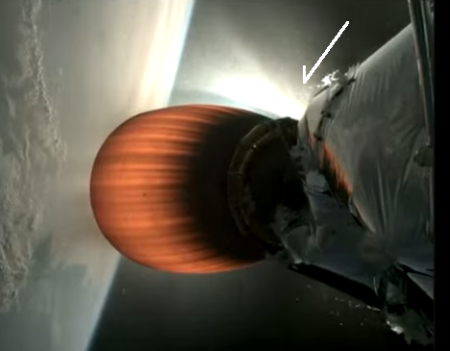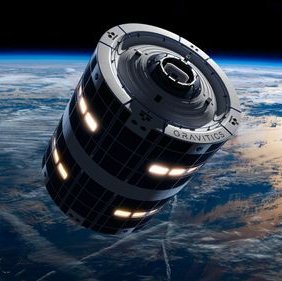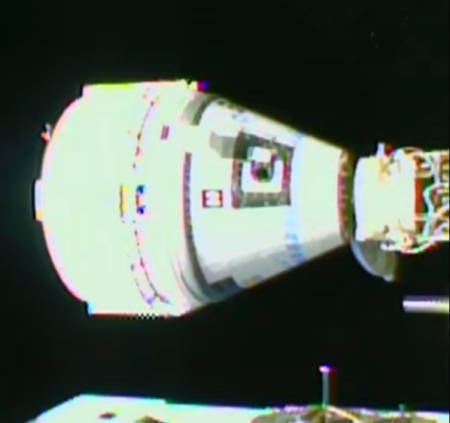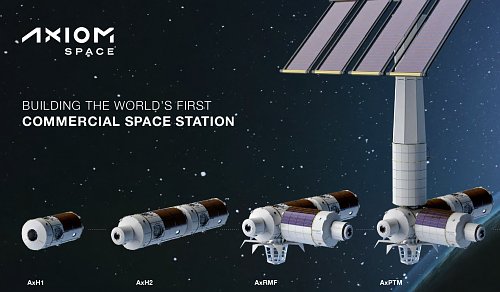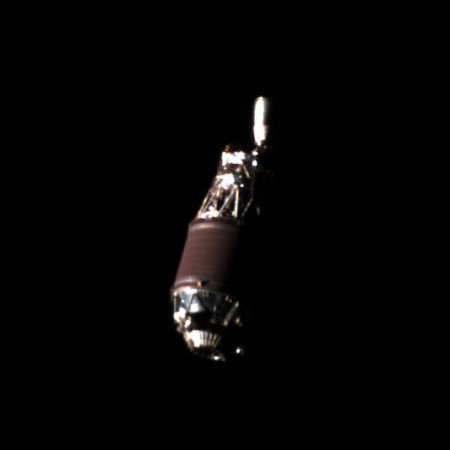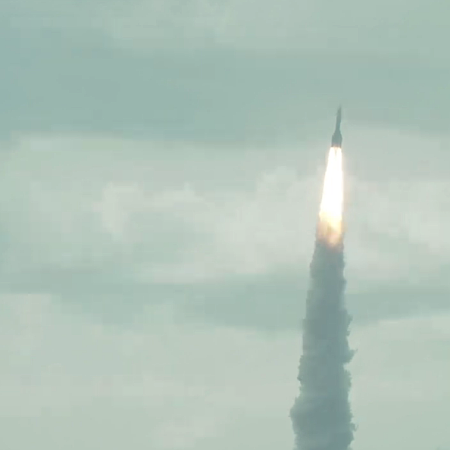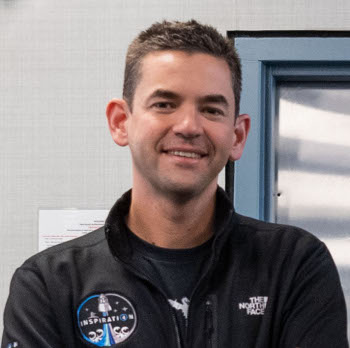Europa Clipper mission threatened by faulty transistors
Engineers have learned that transistors installed on NASA’s Europa Clipper mission were not built to the right specifications and could fail in the harsh environment surrounding Jupiter.
The issue with the transistors came to light in May when the mission team was advised that similar parts were failing at lower radiation doses than expected. In June 2024, an industry alert was sent out to notify users of this issue. The manufacturer is working with the mission team to support ongoing radiation test and analysis efforts in order to better understand the risk of using these parts on the Europa Clipper spacecraft.
Testing data obtained so far indicates some transistors are likely to fail in the high-radiation environment near Jupiter and its moon Europa because the parts are not as radiation resistant as expected. The team is working to determine how many transistors may be susceptible and how they will perform in-flight. NASA is evaluating options for maximizing the transistors’ longevity in the Jupiter system. A preliminary analysis is expected to be complete in late July.
This issue could be disaster for the mission, which has a launch window that opens on October 10, 2024. If it is impossible to replace the bad transistors, NASA will be faced with two choices, neither great. It could launch regardless and hope for the best. It could delay the mission to fix the problem, which might involve a delay of years waiting for a new launch window.
This story appears to illustrate once again the decline in quality control that appears to be happening across much of American industry. The technology for building radiation-hardened equipment has been standard for decades. For a company to deliver equipment below standard now suggests incompetence or fraud, neither of which speaks well for it and the entire industry.
Engineers have learned that transistors installed on NASA’s Europa Clipper mission were not built to the right specifications and could fail in the harsh environment surrounding Jupiter.
The issue with the transistors came to light in May when the mission team was advised that similar parts were failing at lower radiation doses than expected. In June 2024, an industry alert was sent out to notify users of this issue. The manufacturer is working with the mission team to support ongoing radiation test and analysis efforts in order to better understand the risk of using these parts on the Europa Clipper spacecraft.
Testing data obtained so far indicates some transistors are likely to fail in the high-radiation environment near Jupiter and its moon Europa because the parts are not as radiation resistant as expected. The team is working to determine how many transistors may be susceptible and how they will perform in-flight. NASA is evaluating options for maximizing the transistors’ longevity in the Jupiter system. A preliminary analysis is expected to be complete in late July.
This issue could be disaster for the mission, which has a launch window that opens on October 10, 2024. If it is impossible to replace the bad transistors, NASA will be faced with two choices, neither great. It could launch regardless and hope for the best. It could delay the mission to fix the problem, which might involve a delay of years waiting for a new launch window.
This story appears to illustrate once again the decline in quality control that appears to be happening across much of American industry. The technology for building radiation-hardened equipment has been standard for decades. For a company to deliver equipment below standard now suggests incompetence or fraud, neither of which speaks well for it and the entire industry.

